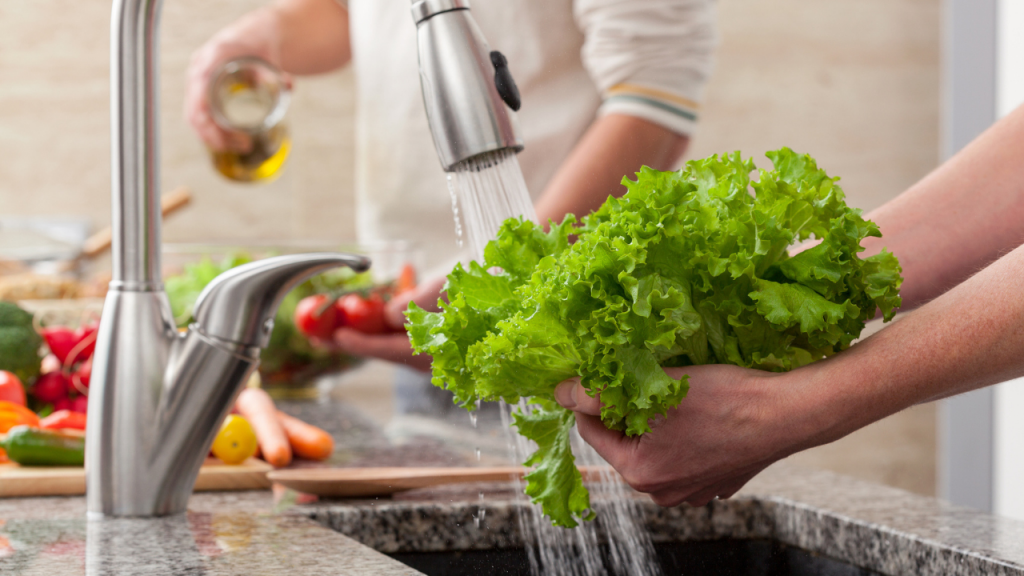When it comes to food safety, our responsibility as consumers extends far beyond the grocery store checkout line. While we often focus on selecting the perfect leafy greens, we sometimes overlook the crucial step of properly cleaning them. Whether you’re a seasoned chef or an aspiring home cook, understanding the importance of washing vegetables and greens is key to maintaining a safe and healthy kitchen. And contrary to popular belief, soaking greens in the sink is not the best approach.
The risks of soaking in the sink
It might seem intuitive to immerse leafy greens in the sink for a thorough clean, but this method can actually spread bacteria. In fact, according to the U.S. Centers for Disease Control and Prevention (CDC), soaking greens in a sink amplifies the risk of bacterial contamination. Why is this the case? Kitchen sinks harbour a significant amount of bacteria, as they are frequently used for things like thawing meats and cleaning contaminated kitchen tools like cutting boards.
The germ-free alternative
To ensure the safety of your greens, opt for a simple and effective (and very straightforward) method: rinsing. Begin by washing your hands thoroughly. Remove the outer layers of tightly-packed greens, discarding any wilted or discolored leaves. Then, gently rinse the leaves under a steady stream of cold water.
Why rinsing work
Rinsing greens under cold water achieves the primary objective of removing excess dirt, insects, debris and reducing the number of lingering germs. Unlike soaking, which can facilitate the spread of bacteria, rinsing under running water effectively washes away contaminants without exposing the greens to the bacteria-laden environment of the sink.
ALSO SEE: 6 Vegetables that are healthier cooked
Written by Bianca Muller.
Feature image: Getty

